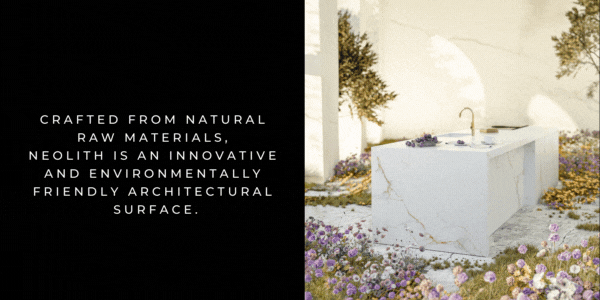Block Buster: The Golden Era of Screen Blocks With Klay
Screen blocks soared in popularity during the mid-20th century. They graced homes, offices, and hotels from California to Vietnam, establishing themselves as hallmarks of mid-century modern (MCM) design.
Notable examples like the Parker Hotel in Palm Springs, California, elevated their status. Its striking entrance—a triple-volume breeze block wall with a recessed orange door—became an MCM icon. Architects in warm regions appreciated the blocks for filtering sunlight, shielding against wind, and adding charm to outdoor spaces. Applications ranged from perimeter walls to concealing unsightly areas like washing lines.
Despite their utility, breeze blocks also found a place indoors, proving adaptable to colder climates and interior elements. As demand surged, cities worldwide developed local manufacturers, leading to unique patterns. By the height of the trend, over 200 designs had been created in both concrete and clay.
From Concrete to Klay
The modern revival of screen blocks has embraced clay, shifting from concrete to create more refined and enduring designs. Natural terracotta, with its earthy tones, offers timeless elegance. Unlike painted concrete blocks, terracotta’s colours remain vibrant over time, as seen in ancient structures like the Indus Valley temples.
Klay’s Concept Range embodies this evolution. Their 100% natural clay screen blocks, launched in September 2023, have already captured the imagination of South African architects and designers. While vibrant coloured blocks and glazed options have their place, Klay’s designs offer understated sophistication. Available in chai, espresso, and latte hues, these blocks are fired at 1140°C to ensure rich, fade-resistant tones that require minimal maintenance.
Professor Naomi Stead Director of the Design and Creative Practice Enabling Capability Platform at RMIT University, Australia. Shared her perspective on the resurgence and sums it up perfectly: “The exploration and valuation of pattern, geometry, and adornment in buildings is very much a good thing. All hail the breeze block: a material redeemed.”
Contact: Klay Studio
You might also like...
-
Summer Interiors: Bright & Functional Design with Pinnacle Quartz

As summer takes centre stage, it’s time to breathe life into your interiors with bright, airy designs and functional elements tailored for warm weather living. ...
-
An Autumn Refresh From Tile House: Colours reminiscent of nature’s rich palette

As the vibrant hues of summer fade into the golden warmth of autumn, it’s the perfect time to refresh your interiors with rich tones, layered ...
-
The Art of Brickwork: Showcasing Stunning Clay Brick Constructions

Every great structure tells a story, and clay bricks play a key role in many of South Africa’s most remarkable buildings. The use of ...



























